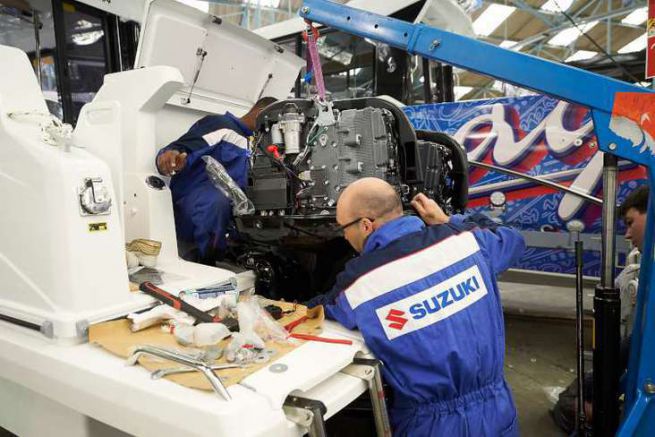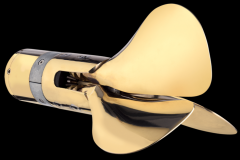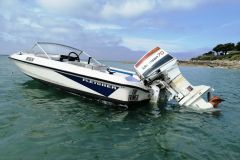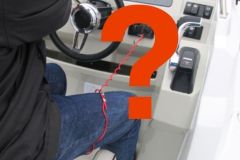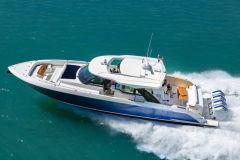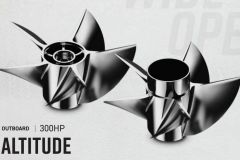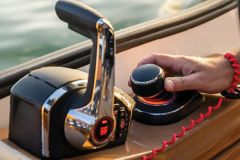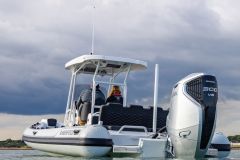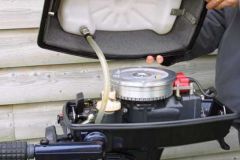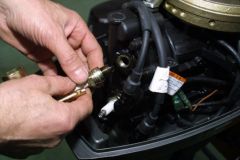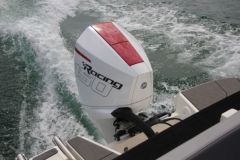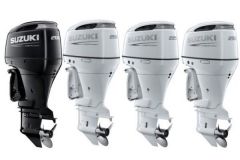Engine manufacturers generally offer four shaft lengths for outboard engines. This allows it to be adapted to the height of the transom. The boat builder determines the recommended shaft length.
- Short, 15 inches or 381 mm
- Long, 20 inches or 508 mm
- Extra long, 25 inches or 760 mm
- Ultra long, 30 inches or 762 mm
Denominations may change from one brand to another, but the announced lengths remain equivalent to a few centimetres. The shaft length is measured between the arched bar (at the top of the motor presses), the place where the motor is supported on the transom, and the cavitation plate.
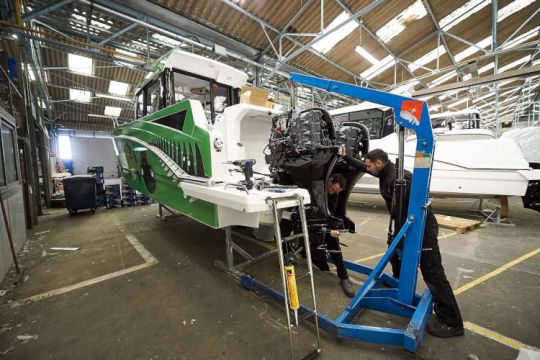
How to adjust the height of your motor?
For basic mounting, the cavitation plate is aligned with the bottom of the hull. It is a basic assembly, but some hulls require refining this assembly. In this case, the engine manufacturer can reassemble his engine by playing on the 5 bolt holes of the engine. Each hole allows the 18 mm motor to be mounted (or lowered).
The shape of the hull (step or not,) the pronounced V, the weight of the boat... are all parameters that require the height of the engine to be adjusted. In modern hulls, the mounting of the cavitation plate is often above the bottom of the hull. There are a few rare cases where it must be underneath. This is the case for hulls with keels that end 1 m from the transom (former Antares or Merry Fisher). The eddies caused by this keel forced the engine to be lowered. This adjustment is made only once when the engine is placed on the transom.
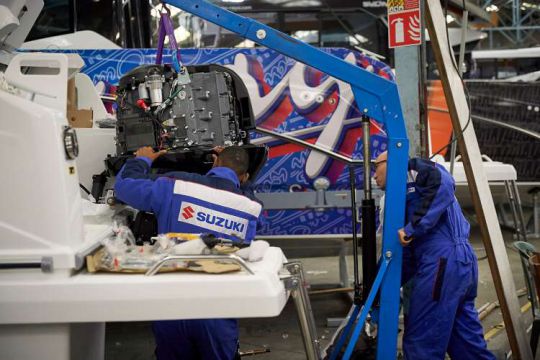
How to check the height of the motor?
To check the correct height adjustment, look at the spray it produces on either side of the cavitation plate. This can only be done with a sea trial trip. Once the lift-off phase is over, if the engine produces a large spray, it is a sign that it has gone too low. Conversely, if it is impossible to trim or turn without ventilation from the propeller, the engine is mounted too high.
